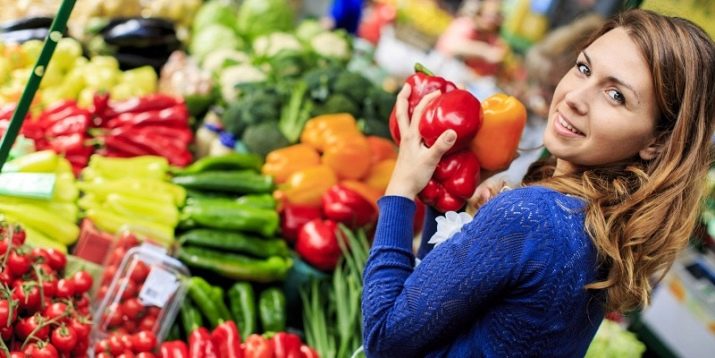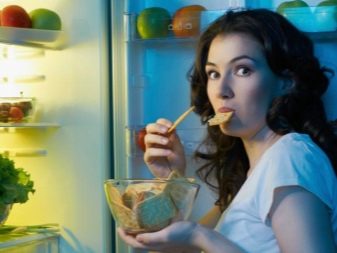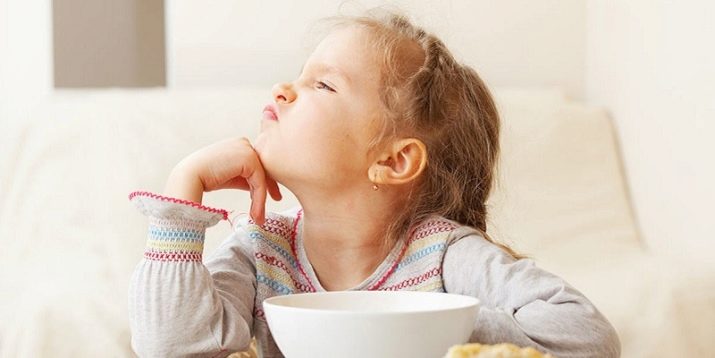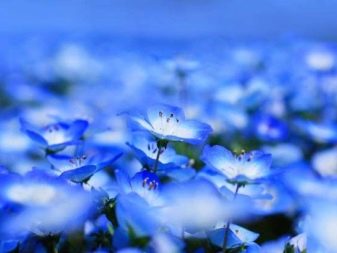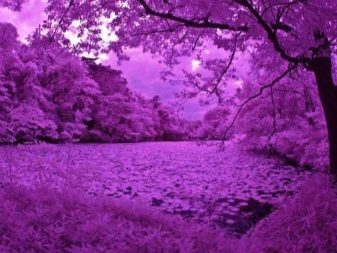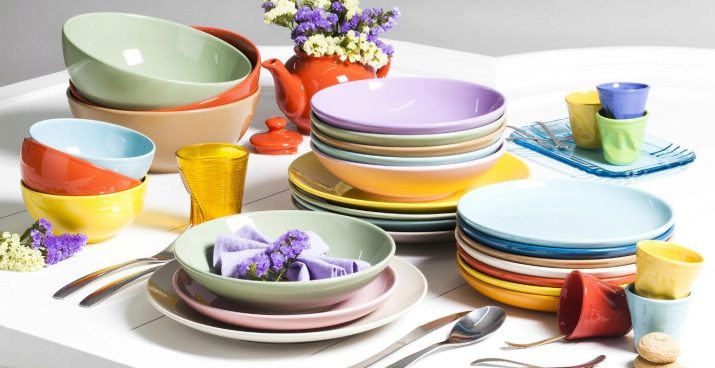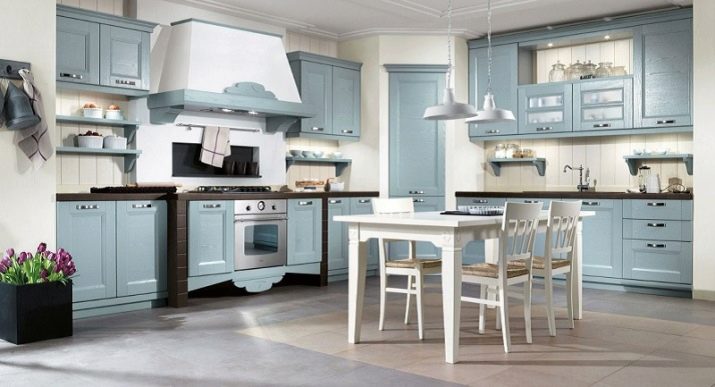In the modern world, the attitude to food intake is rather ambiguous. Residents of developed countries who are not experiencing a shortage of food and products on their tables and on the shelves of shops often find themselves in captivity of their appetite. Advertising, colorful packaging and showcases make you want to eat or even densely eat more often than the body requires. One of the stimulants of appetite in humans is color. The article will talk about which shades are able to significantly arouse the feeling of hunger, and which, on the contrary, dull the desire to eat.
Influence mechanism
Visiting cafes and restaurants, buying food in stores or snacking fast food, you probably notice how diverse the design of interiors of establishments, packages and counters. We are so used to it that we don’t attach much importance to it. But often it is the effect of a certain color gamut that is a tool for stimulating the buyer.
To get started is to clarify the concept of hunger and appetite. The first, that is, hunger, has a physiological nature. It occurs after the brain signals from the receptors. Chemoreceptors are triggered when blood glucose levels drop. After that, the organs of the gastrointestinal tract and digestive glands are connected. The person in this case may feel weakness, small cramps in the abdomen or stomach. During the meal and the gradual saturation of hunger subsides, and the brain receives a signal that the glucose level is restored.
Appetite is more related to psychological factors. It can occur when the human body is not exhausted at all. Launch your appetite and psychological desire to please yourself with tasty things are capable of emotions, smells, and the environment. Just from the physiologically unjustified desire to eat and suffer many of the modern inhabitants of megacities. And the color is able to either stimulate or reduce the desire to eat or eat a full meal.
Therefore, choosing shades for the interior design of the kitchen, the color of furniture and dishes in the dining room, you should consider their impact on appetite. In this way, you can help yourself control food intake, as well as provide a comfortable atmosphere for this.
Stimulating colors
So let's start with those shades that are able to enhance our desire to eat. The bright colors of the warm spectrum make food attractive. In addition, they themselves attract attention. Fast food stalls are often painted with red, yellow or orange and illuminate the windows with pastries or cakes. Also, packaging with different products often have exactly warm shades.
- Red color is the strongest appetite stimulant. It excites the nervous system, is able to slightly increase blood pressure and accelerate metabolic processes. However, too bright red color can affect the appetite negatively, as it in large quantities leads to excessive irritation of the psyche. And in such a state, a person becomes unable to eat, he often experiences anxiety or even unconscious panic. Therefore, in the interiors of cafes and restaurants most often used are muted red or its softer shades. But the bright red most often decorates the windows of the bistro and stalls with fast food. In this case, the outlet attracts the attention of the buyer, but he does not stay there for a long time.
- Orange color is able to quickly cheer up.It causes positive emotions and joy. This warm shade is softer, so it does not act overexciting. In this color are often decorated family cafes and canteens. In a comfortable environment, people are ready to be long enough without discomfort, while the color awakens interest in food.
- Almost on a par with orange on the ability to stimulate appetite and is yellow Colour. It is a warm shade that is associated with summer, sun, sand. Yellow fills with joy, and a happy and cheerful person's appetite is always pretty good. Healthy fruits and vegetables often have an orange or yellow color: oranges, apples, carrots, pumpkins, apricots and others. Therefore, the reception of the impact of color can be used in relation to young children who refuse vegetables and fruits. It is enough to make a composition of these bright products on a plate, and they will become much more attractive for a baby.
- Shades of green are the most natural. They are associated with freshness. Unlike the three previous colors, green does not cause excitement, but, on the contrary, calms the nervous system. Therefore, it can be used in cases where it is not necessary to cause excessive interest in food, but simply need a comfortable environment for a quiet meal. In this state, a person is much better at assessing the degree of his saturation and, most likely, he will not overeat.
We talked about those shades that enhance and stimulate the desire to eat. Now let's move on to those colors that have the opposite effect on the psyche.
What shades reduce interest in food?
Colors can be used for another purpose, namely, to suppress the momentary desire to have a snack once again. Of course, manufacturers of such a property of some shades are not at all at hand, and they are unlikely to actively use them in food service establishments or in the design of goods wrappers. But knowing what shades reduce the desire to eat, you can help yourself control food intake at home by creating an appropriate atmosphere in the dining room.
Often the problem of excess weight becomes very serious for a modern person. Many over the years have been unsuccessfully struggling with accrued kilograms. If an increase in body weight is not a consequence of any physiological disease, alternative psychological techniques may come to the aid of those who want to lose weight and control their figure.
In particular, nutritionists often recommend that their patients during their diets use appropriate daily affirmations. And in the places of eating, change the color to the one that will not increase hunger.
So, the colors and shades, discourage the desire to eat.
- Have the strongest overwhelming effect blue and purple. These cold colors slow down metabolic processes in the body. They also have a strong sedative effect. There are very few natural products that have this color, so these shades are not associated with something edible.
- Gray the color is neither exciting nor calming. The interior decorated with this color is perceived as faceless and unattractive, and you don’t want to linger in it. Usually in metallic and gray colors make out business buildings, meeting rooms and offices. This is a rather strict color, not causing pleasant emotions, not conducive to communication.
- Brown has an unappetizing and inedible nature. Of course, they often make out coffee shops, but in this case he gives an association for only two products: coffee and chocolate. In general, he is able to rather suppress the appetite. At least you don’t feel like eating for a long time in the presence of a lot of brown around. Therefore, this shade can be quite successfully used to reduce the desire to once again eat.
- Finishes the rating of "unappetizing" colors the black. Black doesn’t have fun, and many associate it with mourning.
When used in interior design, it "steals" the illumination of the room, making the atmosphere in it somewhat gloomy and oppressive.
How to regulate appetite?
Similar to cafes and shops, you can create a color atmosphere in your kitchen that will help regulate your appetite.
Choosing dishes
During the meal, we also perceive the appearance of cutlery, plates, saucers and cups. Picking up the color of dishes correctly, you can help yourself influence your appetite in the right direction. So, plates of warm shades will help his stimulation. It is better to use them for first courses, as well as for feeding babies who are picky in their food and eat poorly. Products on red, yellow and orange saucers will be seen in a warm spectrum and will become more attractive.
White color is almost neutral in terms of its effect on the desire to eat. However, a very large number of tableware from china has exactly this color. The fact is that on such a plate the food becomes more visible, and attention is focused on it. Therefore, in the case of white or very bright dishes, the color of the products should be manipulated. For example, on white plates, a stew of bright vegetables, fresh salads, and fruit platter looks advantageous and appetizing.
Those who, on the contrary, are keen to reduce the amount of food consumed, may be advised to use cold-spectrum dishes: blue, violet, blue. Black plates also “steal” your desire to get fed up.
During dietary meals, you should avoid bright red or orange saucers, as they will cause a rather strong desire to eat more.
Kitchen interier
Above we have already briefly described the principle of the action of flowers on the examples of the interiors of cafes and shops. To design a home dining room or kitchen, you can follow roughly the same rules.
- Cozy and calm atmosphere will create a pale orange and yellow shades.
- It is not too pleasant to eat in an environment of rich and bright red color, as it quickly over-excites. Therefore, lunch or dinner with your family may simply become uncomfortable. But the muted shades of red will bring romantic notes and will have a stimulating effect on the digestive system.
- Cold colors suppress interest in food. They can be used if you have the need to control weight and you are struggling with an excessive desire to eat more.
- It will also help curb the kitchen appetite in metallic and gray color.
- A similar action can be achieved by using a large amount of black in the interior of the dining room. But do not forget about its overwhelming influence. If you overdo it, the kitchen will turn into a very gloomy and uncomfortable room.
If you do not plan to change the color of the entire dining room or kitchen, you can decorate it with details of the corresponding shades. For example, hang pictures or photos on the walls with large bright sunflowers, red roses and other colors.
You can also experiment with the color of the tablecloth and choose either a warm and bright shade or, alternatively, a cold one. This way you will have a certain effect while eating at the table. Decorate the dining room with a large wall clock. If their dial is blue or blue, they will bring tranquility to the atmosphere. Contemplation of such hours will help refrain from overeating.
To stimulate the appetite, you can use prints, stickers or pictures of bright fruits and vegetables in close-up. They will cause pleasant associations and set up a meal. Positive still lifes and images of dishes and drinks have a positive effect on appetite.

